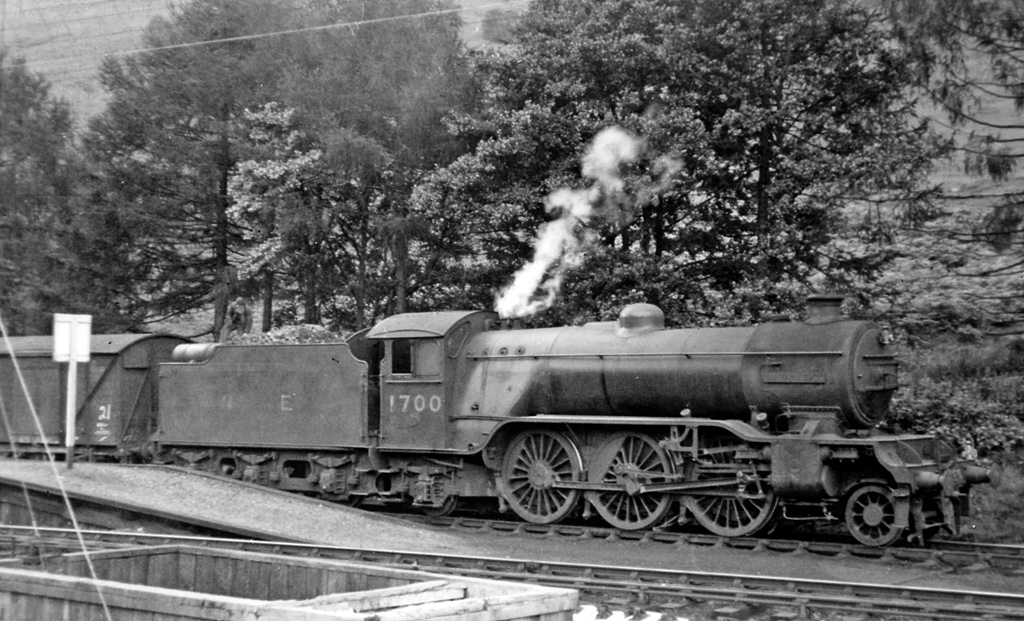V4 class locos, original buffers
Posted: Mon Dec 13, 2021 6:04 pm
I realize that I may be asking here about reasons for small details that are lost in the mists of time, but If you don't ask you may never find out.
Such photographs as appear in RCTS 6C appear to me to show buffers with plain parallel sockets when the V4s were new, replaced in the post war photographs by the group-standard stepped type, possibly with a temporary reversion on at least on of the locos to the earlier type. As Gresley's most prestigious locos seem generally to have had the Spencer-Moulton stepped type, or failing that the group standard type, was wartime shortage the reason for the plain type initially fitted to the V4s? Were they in fact the Turplat weldless type that had been fitted to most of the V1s and V3s, as well as the later Thompson L1s?
I wonder if it is known whether the switch to the group standard type was for a specific technical reason, or whether there were simply far more of those available at the works for fitting when overhauls were carried out?
Such photographs as appear in RCTS 6C appear to me to show buffers with plain parallel sockets when the V4s were new, replaced in the post war photographs by the group-standard stepped type, possibly with a temporary reversion on at least on of the locos to the earlier type. As Gresley's most prestigious locos seem generally to have had the Spencer-Moulton stepped type, or failing that the group standard type, was wartime shortage the reason for the plain type initially fitted to the V4s? Were they in fact the Turplat weldless type that had been fitted to most of the V1s and V3s, as well as the later Thompson L1s?
I wonder if it is known whether the switch to the group standard type was for a specific technical reason, or whether there were simply far more of those available at the works for fitting when overhauls were carried out?

